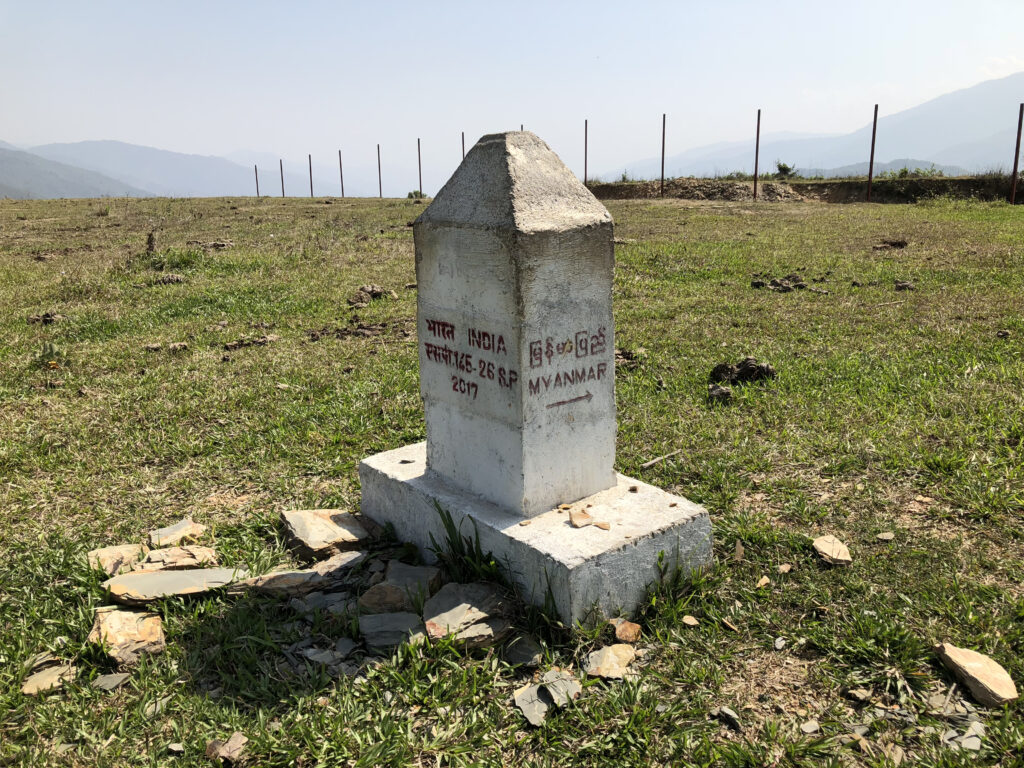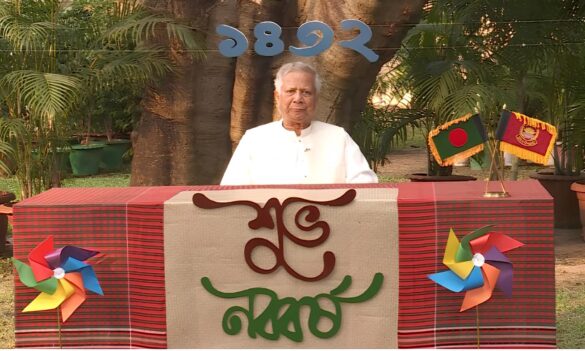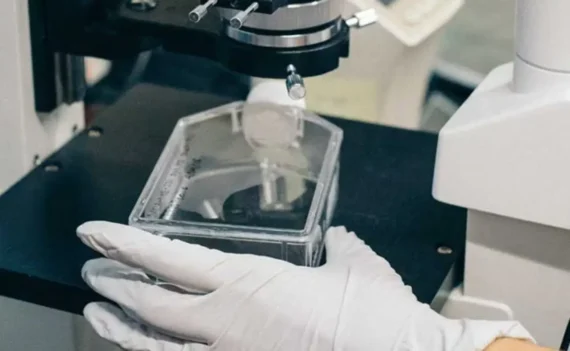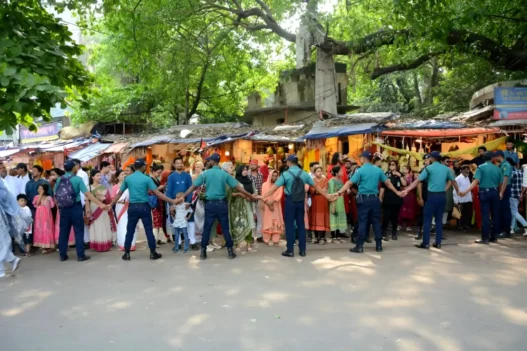In an effort to combat drug trafficking and improve security along the border with Myanmar, the Union Ministry of Home Affairs (MoHA) has initiated a comprehensive survey to fence the 1,643-kilometer-long frontier shared between the two countries. According to a report, discussions with Myanmar officials have already been held to address the pressing issue, as the border spans across states like Arunachal Pradesh, Nagaland, Manipur, and Mizoram.
Manipur in particular, holds a significant portion of the border, with five districts in Eastern Manipur sharing a 400-kilometer stretch with Myanmar. However, the current state of affairs leaves less than 10% of the international border fenced, making it a vulnerable transit route for drug trafficking from the infamous “Golden Triangle.”
The “Golden Triangle” is the tri-junction of Myanmar, Laos, and Thailand borders and is recognized as the world’s second-largest producer of opium after Afghanistan, accounting for approximately 25% of global opium production.
Recent arrests of drug peddlers with heroin in districts like Changlang and Tirap, located along the Myanmar border, have highlighted the urgency of securing the frontier. These peddlers are suspected to procure drugs or utilize networks with links to Myanmar to facilitate their illicit activities.
Alarmed by the situation, the United Nations Office on Drugs and Crime (UNODC), relying on a Manipur opium survey from 2022, has issued a warning that Myanmar’s opium production may escalate due to economic challenges caused by the COVID-19 pandemic and the country’s military coup on February 1. This escalation could have severe public health and security implications for various Asian regions. As a result, the proposed fencing of the Indo-Myanmar border is being viewed as a crucial measure to alleviate the concerns of all North Eastern states and counteract the threat of narco-terrorism.







